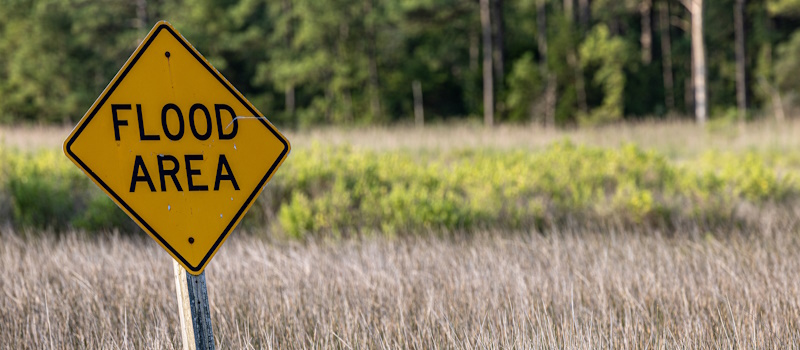Flood Preparation: Are You in a Flood Zone?
Flood Preparation: Are You in a Flood Zone?

Flood Preparation: Are You in a Flood Zone?
Floods are the most common type of natural disaster in the world, with about 40 percent of all natural disasters involving flooding. However, some regions are much more prone to flooding than others. Where you live will ultimately determine how many precautions you need to take.
To help you prepare for flooding properly, let's take a look at how to determine if you live in a flood zone and the steps you should take if your area is prone to flooding.
How to Determine if You Live in a Flood Zone
The simplest way to determine if you live in a flood zone is to enter your address at the FEMA Flood Map Service Center. This free tool shows your area's risk of flooding along with the boundaries of specific flood zones. You can also check your local government offices, courthouse, or library to see if they have a flood map of your locale.
How to Read a Flood Map
Various flood maps have different keys and formats. However, all FEMA flood maps use the same system to designate high-risk and low-risk areas. High-risk zones are indicated by the letters "A" or "V"; these zones are known as "Special Flood Hazard Areas" (SFHAs).
Meanwhile, moderate and low-risk zones are indicated by the letters "B", "C", or "X" on FEMA maps. The risk of flooding is deemed lower in these areas, but it is still possible.
What to Do if You Live in a Flood Zone
If you determine that the area where you live is at high risk of flooding, there are several precautions that you need to take. Some of the most important ways to keep yourself and your property safe include:
Create an Emergency Plan
Develop an emergency plan that tells you how to respond to a flood. It should include evacuation routes, communication strategies, and the supplies that you will need. Be sure to communicate this plan to everyone in your household to make sure your entire family understands what they need to do in the event of a flood.
Use Flood-Resistant Landscaping
Flood-resistant plants and landscaping features can help reduce flooding by both absorbing water and helping to direct it away from your home. When designing your landscape, be sure to keep the potential for flooding in mind and choose landscaping features that are designed to be flood resistant.
Secure Flood Insurance
If your home is located in a flood zone and you have a mortgage from a lender that is federally regulated or insured, you'll be obligated to buy flood insurance. Even if it's not a requirement, purchasing flood insurance is still often a good idea. Most homeowners insurance policies do not cover flood damage, meaning that your home and belongings won't have any protection without an additional policy.
At National General, we offer flood insurance policies that are both comprehensive and affordable. To learn more about protecting your home from flood damage with one of our industry-leading policies, be sure to contact your local National General agent today.
